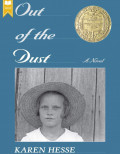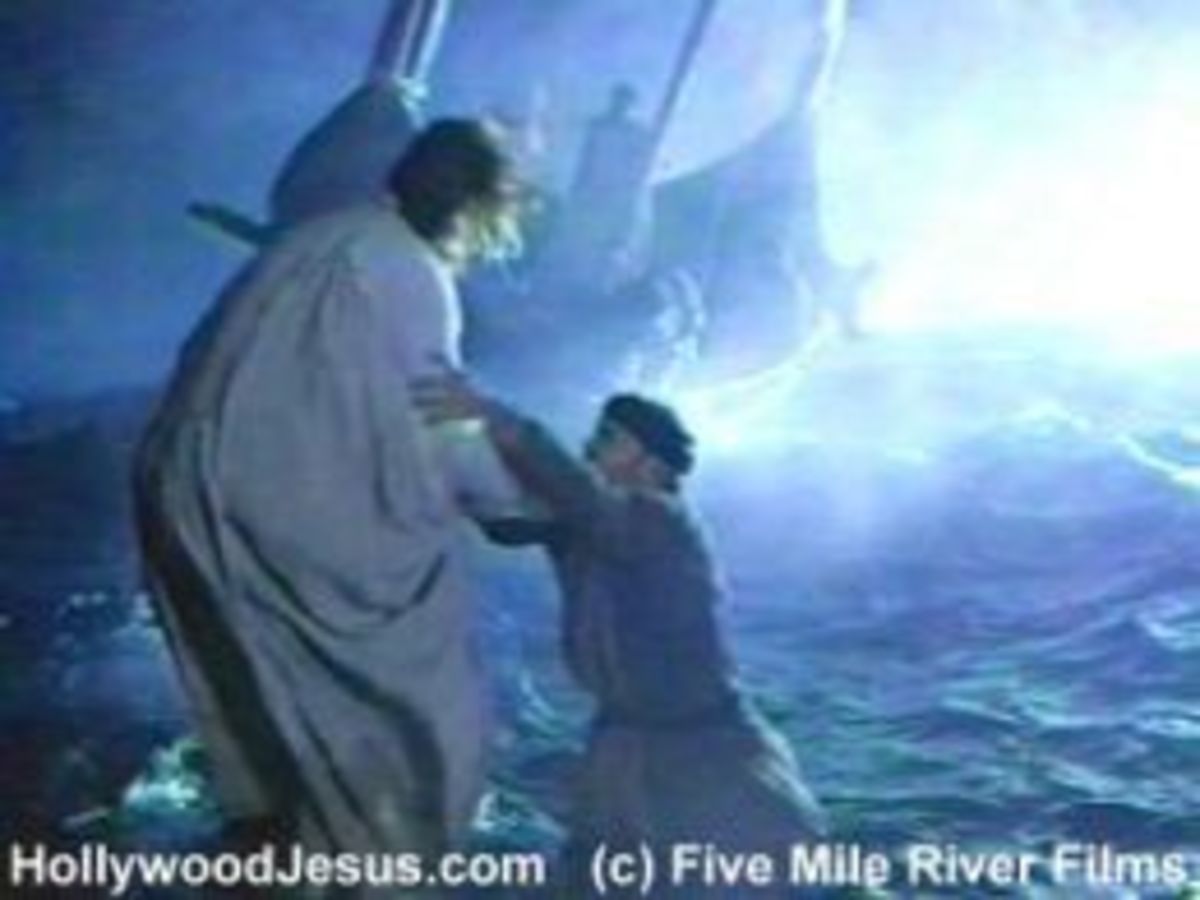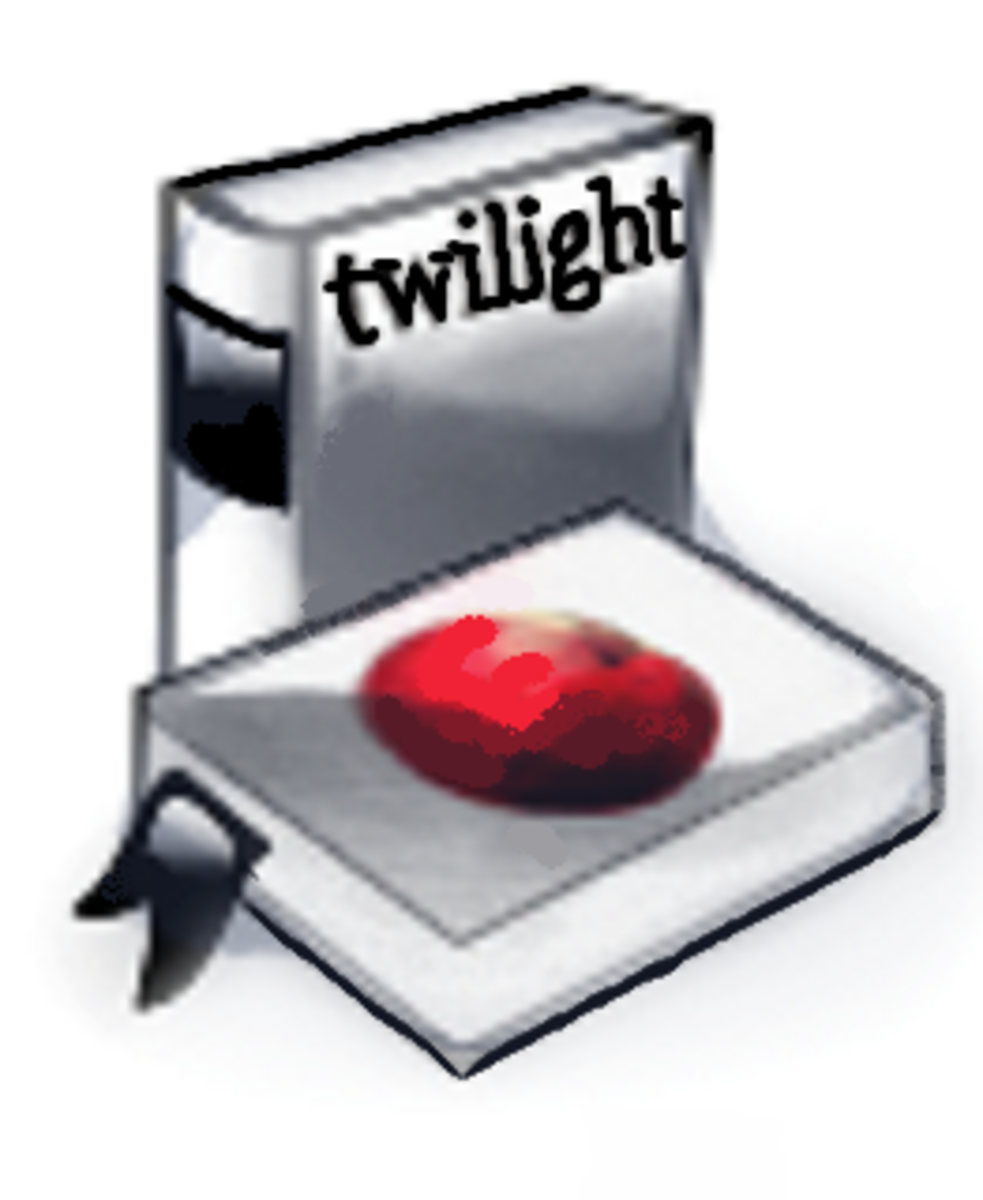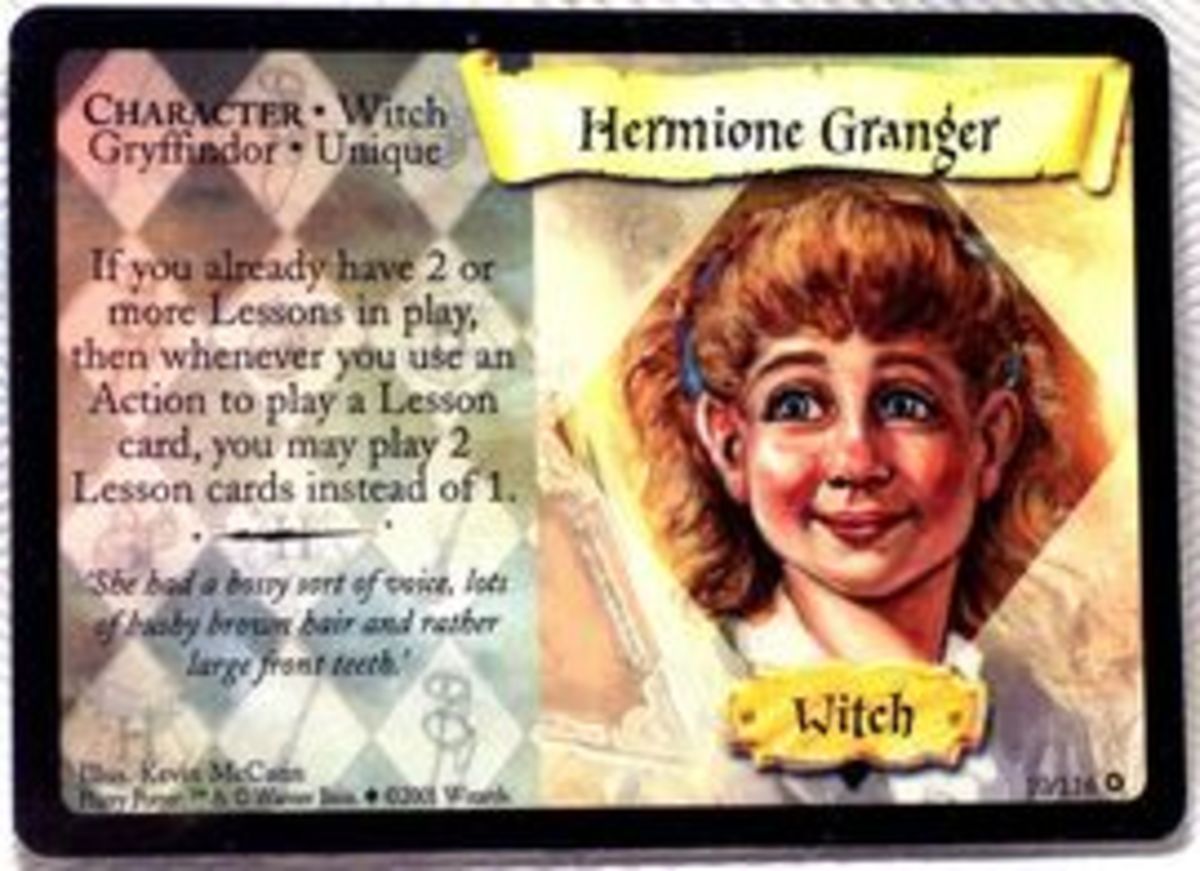- HubPages»
- Books, Literature, and Writing»
- Books & Novels»
- Books for Teens & Young Adults
Strange Heaven: A Dead Girl’s Grief in The Lovely Bones
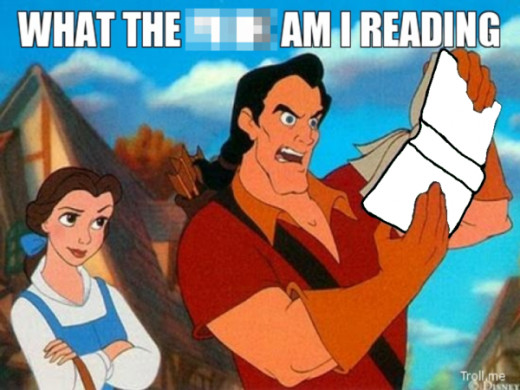
You Disappoint Me, Holmes
When I first read Alice Sebold’s The Lovely Bones, I absolutely hated it (this should blow your mind). I was shocked by the sexual content and, quite honestly, I was under the impression that I was going to read an actual murder mystery, a book that wove complicated Chandler-ish plots and ended with an exciting climax—preferably a shooting and some disembowelment.
But I eventually decided to revisit this one since it’d been years, and I’m glad I got the chance to appreciate this book for what it is. It’s not about murder and mayhem. It’s about the real effects of grief, how the murder of a child would actually influence the family and classmates involved. Furthermore, it’s not just about the living moving beyond the dead: it’s about the dead moving beyond the living.
Murder, Rape, and...Hope?
Susie Salmon (“like the fish”) is 14 years old when she is lured into an underground den, raped, and then killed by her neighbor, Mr. Harvey. Sounds disgusting when it’s put in black and white like that, doesn’t it? But what makes this book so heart-wrenching and engrossing, what keeps you turning awful page after awful page, is its ultimate message of hope.
Throughout the novel, readers get to witness the utter demolition of the Salmon family. Susie’s mother wildly seeks forget to about her pain through adultery; her father goes mad with grief and almost kills one of Susie’s classmates when he mistakes her for Mr. Harvey; her sister becomes emotionally closed off and repressed; and her little brother, too young to really understand, is left to live out his childhood in a home ransacked by horror.
It takes almost a decade for the Salmons to become reconciled to Susie’s absence and to begin the laborious process of re-knitting the “bones” of their family without her. And Susie, watching in agony from her “heaven,” must take this journey with them.

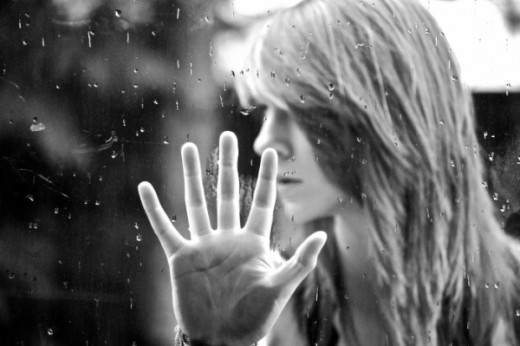
Trapped in the Glass
Ripped prematurely from life, Susie finds no contentment in death. In fact, she’s constantly tortured by the fact that she wants “to be allowed to grow up,’’ to watch those on earth live their lives, “to know the secrets” so she can “pretend better” (19). Pretend what, you may ask? Simply pretend to live, for as one of the dead, Susie is forced to observe and long for her loved ones while never being permitted to interact with them.
Her inability to let go is demonstrated in the first time she “breaks through.” One day she is watching her father and suddenly, in a moment of grief and insanity, he starts smashing the glass jars the two of them made together. Susie states that “it was then that, without knowing how, I revealed myself. In every piece of glass, in every shard and sliver, I cast my face” (46). For Susie, this moment is quite literal. Her father breaks the things that remind him of her, thus shattering her memory, and because Susie is still attached to life, she is in turn “shattered” along with the glass. Her casting herself in the shards is both a reproach to her father and a manifestation of her own attachment to Earth.



The Final Descent and (Awkward) Closure
Let’s compare that to the last time she breaks through. Years after her murder, we see Susie drop to Earth and take over the body of Ruth, a classmate and friend to Ray, the boy that Susie had a crush on in high school. She uses Ruth’s body to make love to Ray for the first time, and in this encounter her spirit finds closure. When she leaves afterwards with the various spirits who have come to fetch her back to “heaven,” she specifies that “this time I was accompanied, not ripped away, and I knew we were taking a long trip to a place very far away. Leaving Earth again was easier” (311).
(If I wanted to be cynical, I could pause for a moment here to speculate that this was a really crappy thing for Susie to do to Ruth. I don’t think I’d be too thrilled with a ghost ripping me out of my body in order to do the horizontal bop with a guy who happened to be my Platonic friend. I mean, now things will just be awkward, and what if I got pregnant? Seriously, what the hell?
But don’t worry, I won’t be cynical today.
Much.)
One of Susie’s final monologues demonstrates how, after this final encounter with the living, she is finally able to accept her own death. In one of her last descriptions of heaven, she states:
“I’d like to tell you that it is beautiful here, that I am, and you will one day be, forever safe. But this heaven is not about safety just as, in its graciousness, it isn’t about gritty reality…it includes all my simplest desires but also the most humble and grand…comfort” (324-5).
In many ways, this can be seen not as a literal description of Susie’s heaven, but as a description of her grieving process and her ultimate decision to move on.
Sebold’s Afterlife
Sebold’s treatment of heaven is an interesting one. The nature of heaven, and whether or not it even exists, is something philosophers and theologians have debated about for centuries. It is associated with eternal bliss, but really we cannot know heaven’s nature in the same way that we can know that two and two is four.
So the idea that “heaven” is not actually permanent or even necessarily joyful--that it is a realm that changes with the psyche of a soul struggling to become reconciled with its own death--is highly intriguing. It takes an age-old human idea and transforms it into something new and thought-provoking.


Final Thoughts
I enjoyed this book quite a bit simply for its sense of wonder, for it is an unfortunate trend of many modern novels to neglect the wonder and awe of a world unseen. Instead, they are all about giving me excessive explanations for everything (dear Richard Matheson, I do not care if vampirism is a biological disease or a freakin’ inborn mutation. For God’s sake, please just have someone get eaten). Few authors have the guts and talent to even explore the possibility that humanity is constantly learning, and that we might not (brace yourselves) actually know everything there is to know about reality.
We have become so engrossed with sticking things under lights and lenses that sometimes we forget to just be quiet and listen to the music of life, to allow ourselves to be open and pleasantly surprised by Mystery. Sebold reclaims it for us. The Lovely Bones explores common human experiences of grief, love, and pain while additionally leaving readers with an important consideration: that perhaps “the dead truly talk to us, that in the air between the living, spirits bob and wave and laugh with us. They are the oxygen we breathe” (325).


